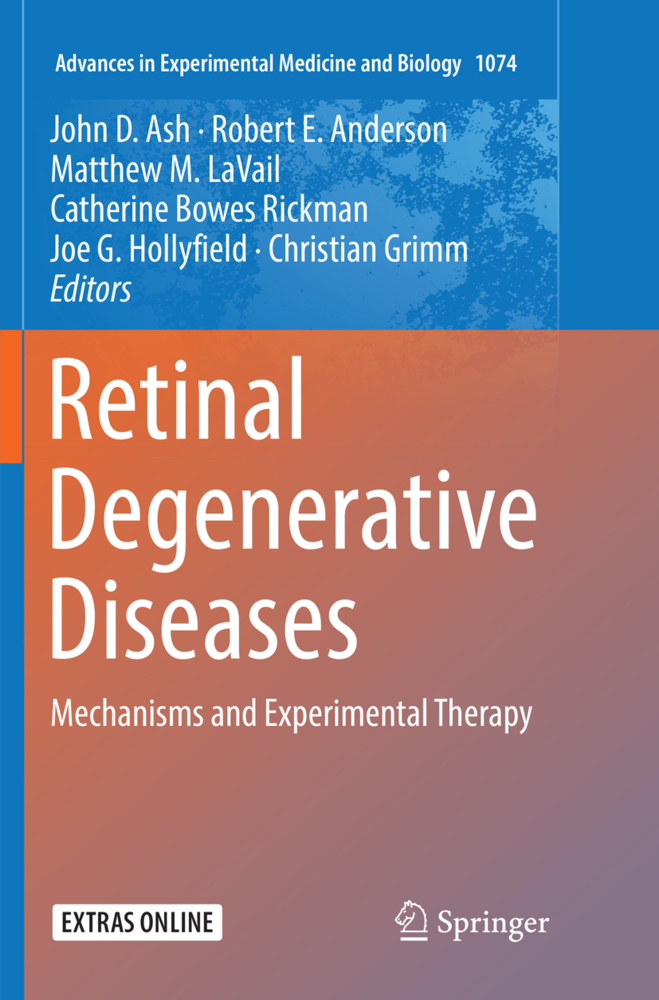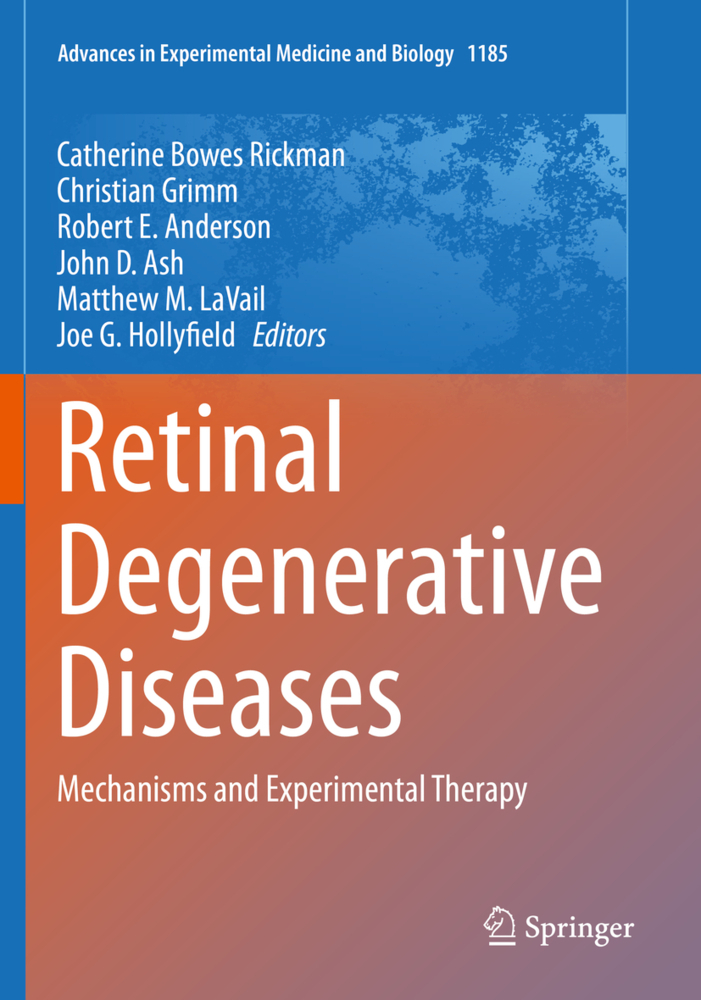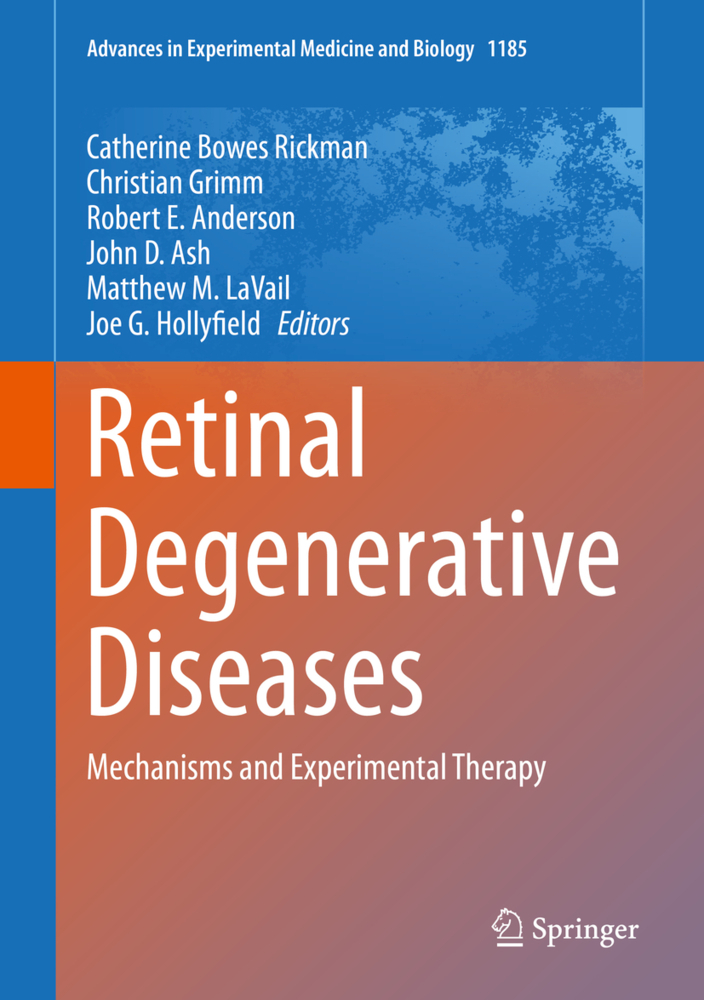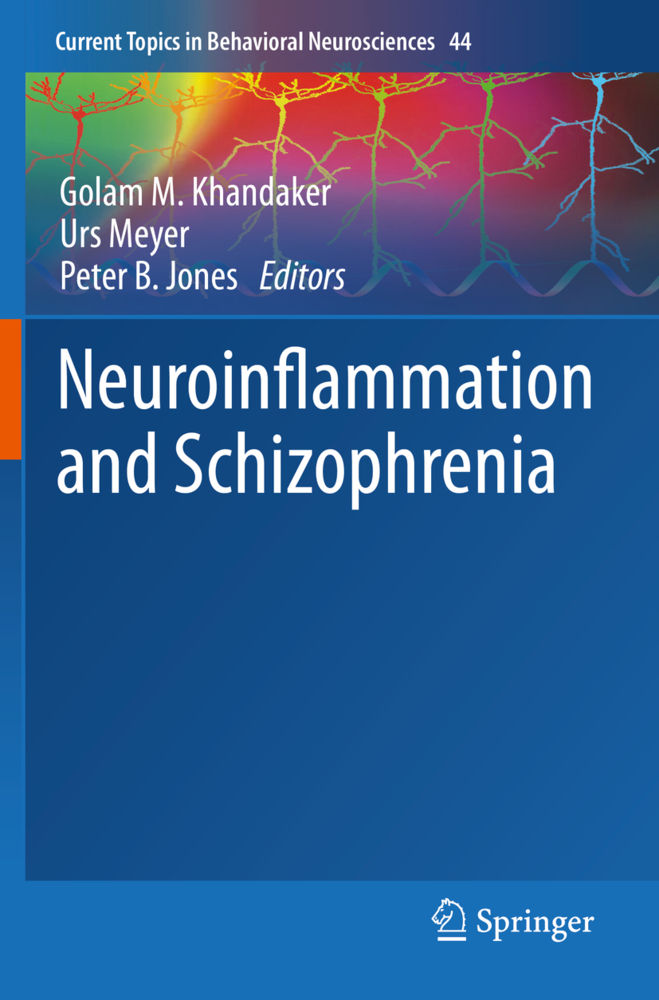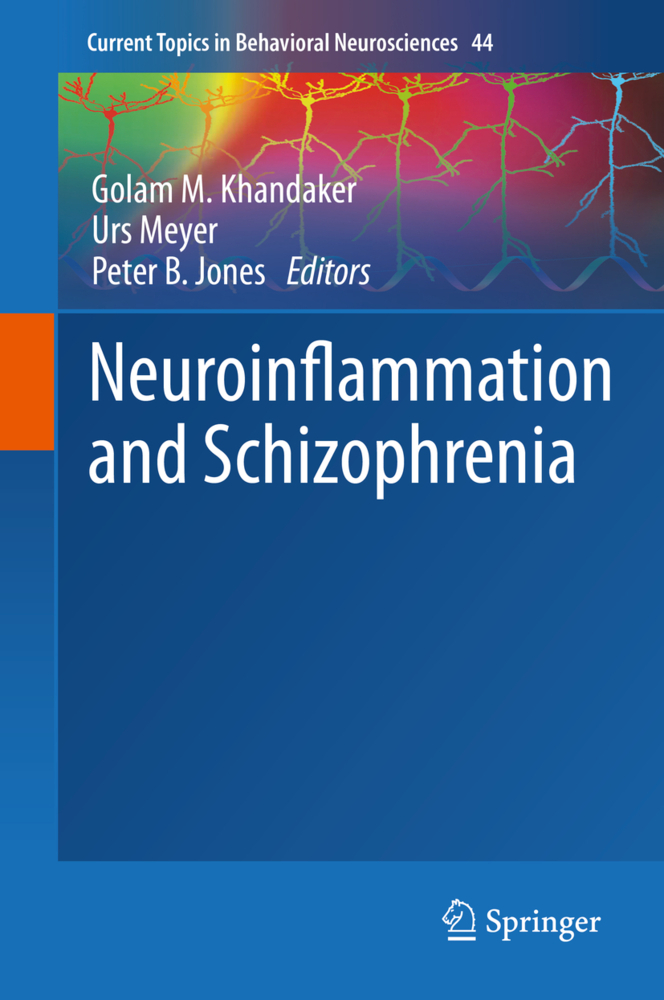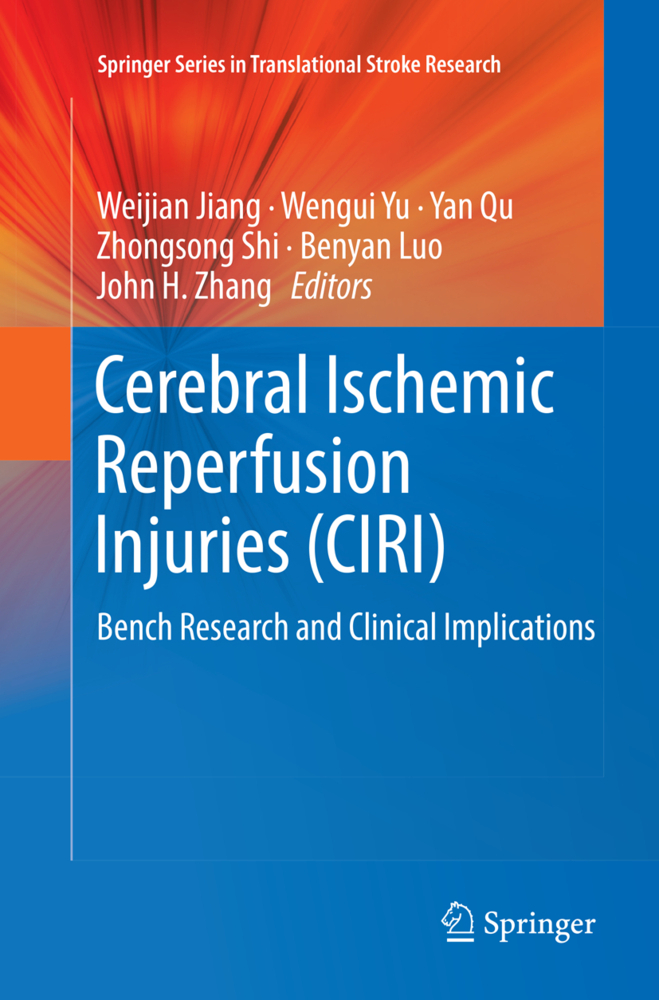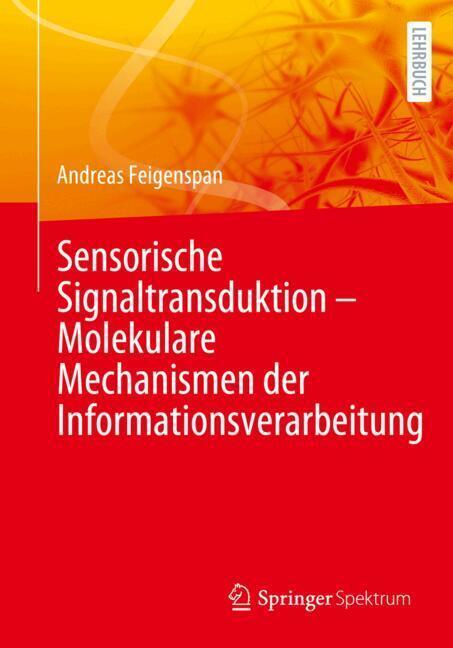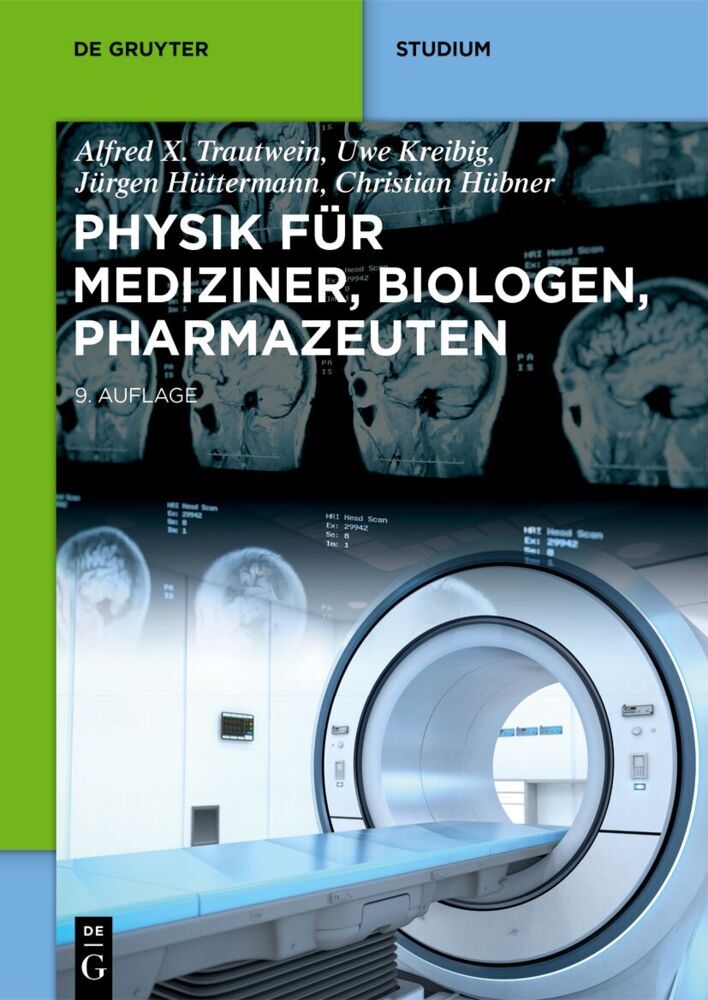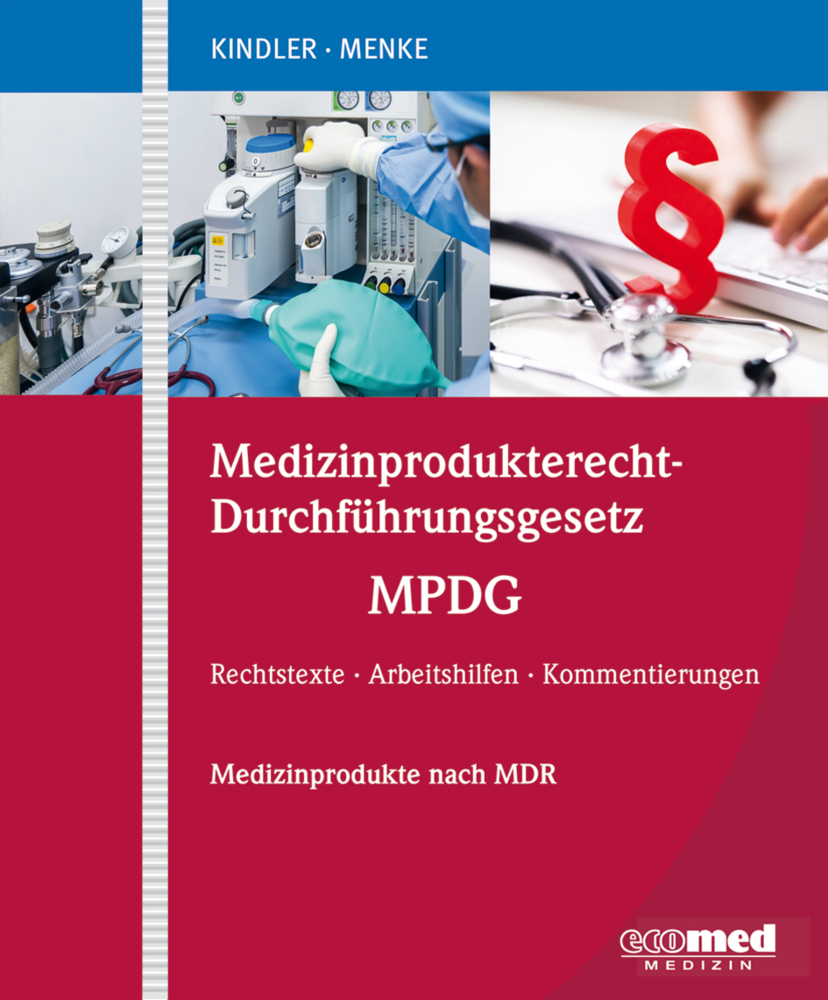Retinal Degenerative Diseases
Retinal Degenerative Diseases
The blinding diseases of inherited retinal degenerations have no treatments, and age-related macular degeneration has no cures, despite the fact that it is an epidemic among the elderly, with 1 in 3-4 affected by the age of 70. The RD Symposium will focus on the exciting new developments aimed at understanding these diseases and providing therapies for them. Since most major scientists in the field of retinal degenerations attend the biennial RD Symposia, they are known by most as the "best" and "most important" meetings in the field.
The volume will present representative state-of-the-art research in almost all areas of retinal degenerations, ranging from cytopathologic, physiologic, diagnostic and clinical aspects; animal models; mechanisms of cell death; candidate genes, cloning, mapping and other aspects of molecular genetics; and developing potential therapeutic measures such as gene therapy and neuroprotective agents for potential pharmaceutical therapy.
While advances in these areas of retinal degenerations will be described, there will be many new topics that either were in their infancy or did not exist at the time of the last RD Symposium, RD2014. These include the role of inflammation and immunity, as well as other basic mechanisms, in age-related macular degeneration, several new aspects of gene therapy, and revolutionary new imaging and functional testing that will have a huge impact on the diagnosis and following the course of retinal degenerations, as well as to provide new quantitative endpoints for clinical trials.
Many of the successes recently reported in these areas of retinal degeneration sprang from collaborations established at previous RD Symposia, and many of those will be reported at the RD2018 meeting and included in the proposed volume. We anticipate the excitement of those working in the field and those afflicted with retinal degenerations will be reflected in the volume.
Part I Age-Related Macular Degeneration (AMD)
Oxidative Stress Regulation and DJ-1 function in the Retinal Pigment Epithelium: implications for AMDMitochondria: Potential Targets for Protection in Age-Related Macular Degeneration
Toll-Like Receptors and Age-Related Macular Degeneration
Alterations in Extracellular Matrix/Bruch's Membrane can cause the Activation of the Alternative Complement Pathway via Tick-over
MicroRNA as Therapeutics for Age Related Macular Degeneration
Anaphylatoxin Signaling in Retinal Pigment and Choroidal Endothelial Cells: Characteristics and Relevance to Age-Related Macular Degeneration
Estimations of Retinal Blue-Light Irradiance Values and Melatonin Suppression Indices Through Clear and Yellow-Tinted Intraocular Lenses
Co-expression of wild-type and mutant S163R C1QTNF5 in retinal pigment epithelium
Part II Gene Therapies
Mini-Review: Cell Type Specific Optogenetic Vision Restoration Approaches
Mutation-Independent Gene Therapies for Rod-Cone Dystrophies
Antisense Oligonucleotide-Based Splice Correction of a Deep-Intronic Mutation in CHM Underlying Choroideremia
Gene Therapy Approaches to Treat the Neurodegeneration and Visual Failure in Neuronal Ceroid Lipofuscinoses
Success of Gene Therapy in Late-Stage Treatment
Optimizing Non-Viral Gene Therapy Vectors for Delivery to Photoreceptors and Retinal Pigment Epithelial Cells
Nanoparticles as Delivery Vehicles for the Treatment of Retinal Degenerative Diseases
Over Expression of Type 3 Iodothyronine Deiodinase Reduces Cone Death in the Leber Congenital Amaurosis Model Mice
Part III In-Vivo Diagnostics for Structure and Function
In Vivo Functional Imaging of Retinal Neurons Using Red and Green Fluorescent Calcium Indicators
Optimizing ERG Measures of Scotopic and Photopic Critical Flicker Frequency
Repeatability and Reproducibility of In Vivo Cone Density Measurements in the Adult Zebrafish Retina
Normative Retinal Thicknesses inCommon Animal Models of Eye Disease Using Spectral Domain Optical Coherence Tomography
A Novel Approach for Integrating AF-SLO and SDOCT Imaging Data Demonstrates the Ability to Identify Early Retinal Abnormalities in Mutant Mice and Evaluate the Effects of Genetic and Pharmacological Manipulation
Part IV Inflammation and Angiogenesis
The Role of Hypoxia, Hypoxia-Inducible Factor (HIF) and VEGF In Retinal Angiomatous Proliferation
Neuroinflammation in Retinitis Pigmentosa, Diabetic Retinopathy and Age-related Macular Degeneration: A Minireview
Autoimmune Retinopathy: An Immunologic Cellular-Driven Disorder
Inflammation-Induced Photoreceptor Cell Death
Sall1 Regulates Microglial Morphology Cell Autonomously in the Developing Retina
Part V Inherited Retinal Degenerations
Whole-Exome Sequencing Identifies Novel Variants that Co-Segregates with Autosomal Recessive Retinal Degeneration in a Pakistani Pedigree
Identification of Novel Deletions as the Underlying Causeof Retinal Degeneration in Two Pedigrees
Molecular Findings in Families with an Initial Diagnose of Autosomal Dominant Retinitis Pigmentosa (Adrp)
Pleiotropic Effects of Risk Factors in Age-Related Macular Degeneration and Seemingly Unrelated Complex Diseases
Mapping of Canine Models of Inherited Retinal Diseases
A Mini-Review: Leber Congenital Amaurosis; Identification of Disease-Causing Variants, and Personalised Therapies
Part VI Mechanisms of Degeneration
Role of Fibulins 2 & 5 in Retinal Development and Maintenance
Identifying Key Networks Linked to Light-Independent Photoreceptor Degeneration in Visual Arrestin 1 Knockout Mice
How Excessive Cgmp Impacts Metabolic Proteins in Retinas at the Onset of Degeneration
Protein Carbonylation-Dependent Photoreceptor Cell Death Induced by N-Methyl-N-Nitrosourea in Mice
Müller Glia Reactivity and Development of Gliosis in Response to Pathological Conditions
Underdeveloped RPE Apical Domain Underlies Lesion Formationin Canine Bestrophinopathies
Binary Function of ARL3-GTP Revealed by Gene Knockouts
Do cGMP Levels Drive the Speed of Photoreceptor Degeneration?
Early endosome morphology in health and disease
The Retinal Circadian Clock and Photoreceptors Viability
The Role of C-Jun N-Terminal Kinase (JNK) in Retinal Degeneration and Vision Loss
The Evaluation of BMI1 Posttranslational Modifications During Retinal Degeneration to Understand BMI1 Action on Photoreceptor Death Execution
PKG-Dependent Cell Death in 661W Cone Photoreceptor-Like Cell Cultures
Impact of MCT1 Haploinsufficiency on the Mouse Retina
The Leber Congenital Amaurosis-Linked Protein AIPL1 and its Critical Role in Photoreceptors
Alternative Splicing for Activation of Coagulation Factor XIII-A in the Fish Retina After Optic Nerve Injury
Bisretinoid Photodegradation is Likely Not a Good Thing
Further Characterization of the Predominant Inner Retinal Degeneration of Aging Cln3Deltaex7/8 Knock-in Mice
Differential Exon Expression in a Large Family of Retinal Genes is Regulated By a Single Trans Locus
Molecular Chaperone Erp29: A Potential Target for Cellular Protection in Retinal and Neurodegenerative Diseases
The Role of Microbiota in Retinal Disease
Part VII Neuroprotection
Current Pharmacological Concepts in the Treatment of the Retinitis Pigmentosa
Valproic Acid Inhibits Human Retinal Pigment Epithelial (hRPE) Cell Proliferation via a P38 MAPK Signaling Mechanism
Pigment Epithelium-derived Factor Protects Retinal Pigment Epithelial Cells against Cytotoxicity "In Vitro"
Brain Derived Neurotrophic Factor as a Treatment Option for Retinal Degeneration
VEGF as a Trophic Factor for Müller Glia in Hypoxic Retinal Diseases
Müller Cell Biological Processes Associated with Leukemia Inhibitory Factor Expression
Retbindin is Capable of Protecting Photoreceptors from Flavin-sensitized Light-mediated Cell Death In Vitro
Constitutive Activation Mutant mTOR Promote Cone Survival in Retinitis Pigmentosa Mice
Maintaining Cone Function in Rod-Cone Dystrophies
Primary Rod and Cone Degeneration is Prevented by HDAC Inhibition
Part IIX Retinal Cell Biology
More than meets the eye: current understanding of RPGR function
Polarized Exosome Release from the Retinal Pigmented Epithelium
The Impact of Adherens and Tight Junctions on Physiological Function and Pathological Changes in the Retina
TRPV4 Does Not Regulate the Distal Retinal Light Response
Role of Sirtuins in Retinal Function Under Basal Conditions
The Retinol Binding Protein Receptor 2 (Rbpr2) is Required for Photoreceptor Survival and Visual Function in the Zebrafish
Opposite Roles of MerTK Ligands Gas6 and Protein S During Retinal Phagocytosis
Redundant and Non-Redundant Functions of Akt Isoforms in the Retina
Photoreceptor Outer Segment Isolation from a Single Canine Retina for RPE Phagocytosis Assay
Preservation of Photoreceptor Nanostructure for Electron Tomography Using Transcardiac Perfusion Followed by High Pressure Freezing and Freeze-Substitution
Microtubule-Associated Protein 1 Light Chain 3 (LC3) Isoforms in RPE and Retina
Part IX Stem Cells
The Ipsc-derived Retinal Tissue as a Tool to Study Growth Factor Production in the Eye
Stem Cell-Based RPE Therapy for Retinal Diseases: Engineering 3D Tissues Amenable for Regenerative Medicine
Validation of IPS Cell-derived RPE Tissue in Animal Models
Cell Transplantation for Retinal Degeneration: Transition from Rodent to Non-Human Primate ModelsCell Transplantation for Retinal Degeneration: Transition from Rodent to Non-Human Primate Models.
Ash, John D.
Anderson, Robert E.
LaVail, Matthew M
Bowes Rickman, Catherine
Hollyfield, Joe G.
Grimm, Christian
| ISBN | 978-3-030-09221-4 |
|---|---|
| Artikelnummer | 9783030092214 |
| Medientyp | Buch |
| Copyrightjahr | 2019 |
| Verlag | Springer, Berlin |
| Umfang | XLII, 669 Seiten |
| Abbildungen | XLII, 669 p. 142 illus., 93 illus. in color. |
| Sprache | Englisch |

